Thursday, November 06, 2025
Olivella Modular Furia | Discrete transistor filter & VCA
video upload by Tom Churchill
"Olivella Modular's Furia is a 4-pole transistor ladder filter, based on the E-mu Modular 2100 LPF designed by Dave Rossum in the 1970s, paired with a discrete transistor VCA with tons of gain. There are no ICs anywhere in the audio path, so it has an authentically vintage sound, and it distorts in a really musical way. In this video, I give an overview of Furia’s signal path and controls and build a few patches to demonstrate how it sounds.
Chapters:
00:00 Intro & patch previews
01:42 Furia overview
07:41 Pinging the input
09:41 Overdriven acid
13:54 Furia as a low-pass gate
16:39 Dirty drum machine preamp
22:00 Audio-rate cutoff modulation"
"FURIA is a discrete 4-pole ladder filter and a transistor VCA with a variable response CV curve control. It isn't 'just' a filter, but an all-around vintage-sounding sculpting and performing tool.
The filter section is based on the venerable E-mu Modular 2100 LPF, but unlike it, there're no ICs in the audio path - even the output stage op-amps are transistor based, both in the VCF and VCA sections.
As its name suggests, FURIA has plenty of gain on tap: the INPUT LEVEL knob starts distorting around 9 o'clock and interacts with the resonance in interesting ways, while the VCA and its X10 input switch can transform the filtered sound into nasty acid basslines - no external distortion required.
You can use the filter and VCA independently or in series, with an AMP CV input that's normalled to the FREQ CV input to facilitate a LPG-like configuration.
The AMP IN allows you to mix a signal into the VCA after the filter - for example, a higher register FM'd or wavefolded sine wave with a bassier filtered sawtooth from the LPF stage.
Unlike most ladder filters, FURIA's LPF is fully DC-coupled, though internal offsets may produce slight clicks at the VCA stage.
To remedy that, the DIP switch on the back lets you selectively AC-couple the VCF and VCA inputs and outputs, reducing clicks and offsets for audio purposes. It also allows you to change the VCF -> VCA normalling for series, parallel or independent use."
PREVIOUS PAGE
NEXT PAGE
HOME
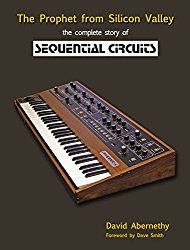
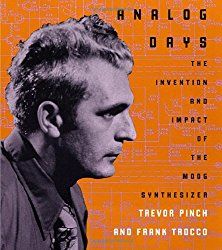
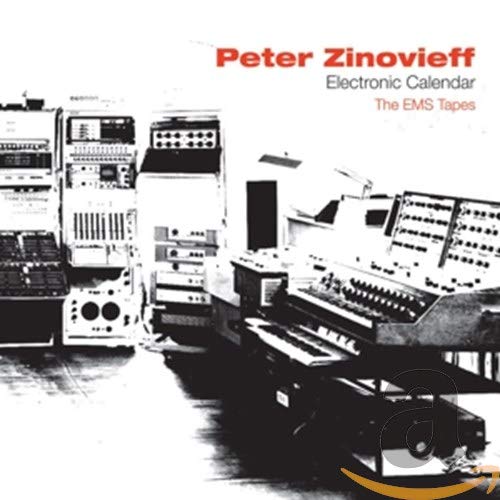
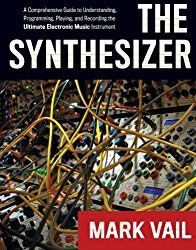

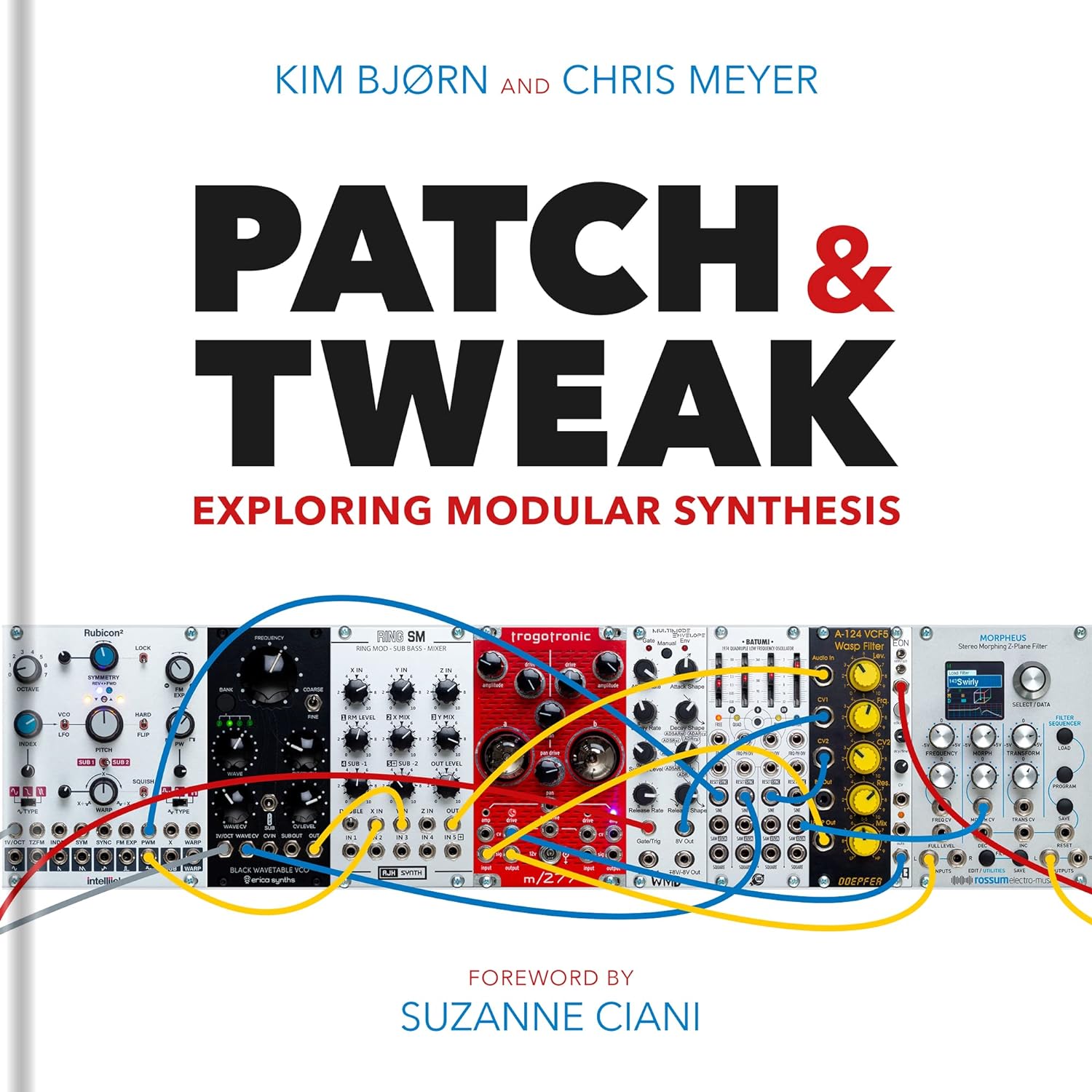
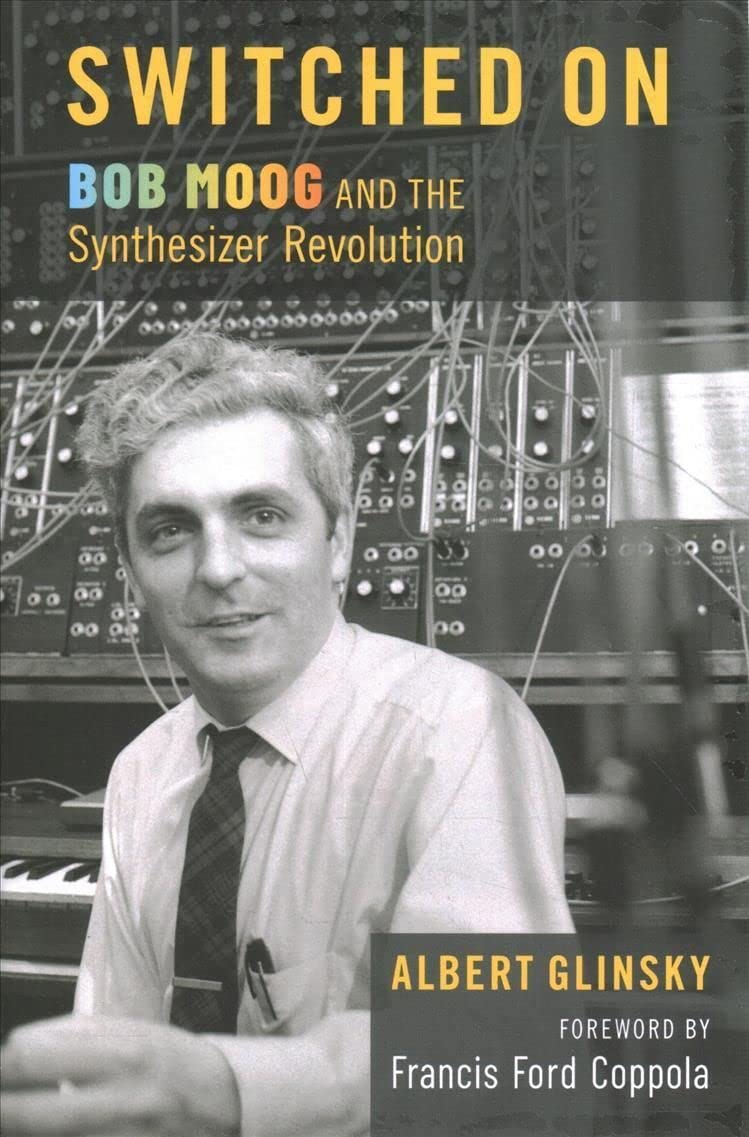
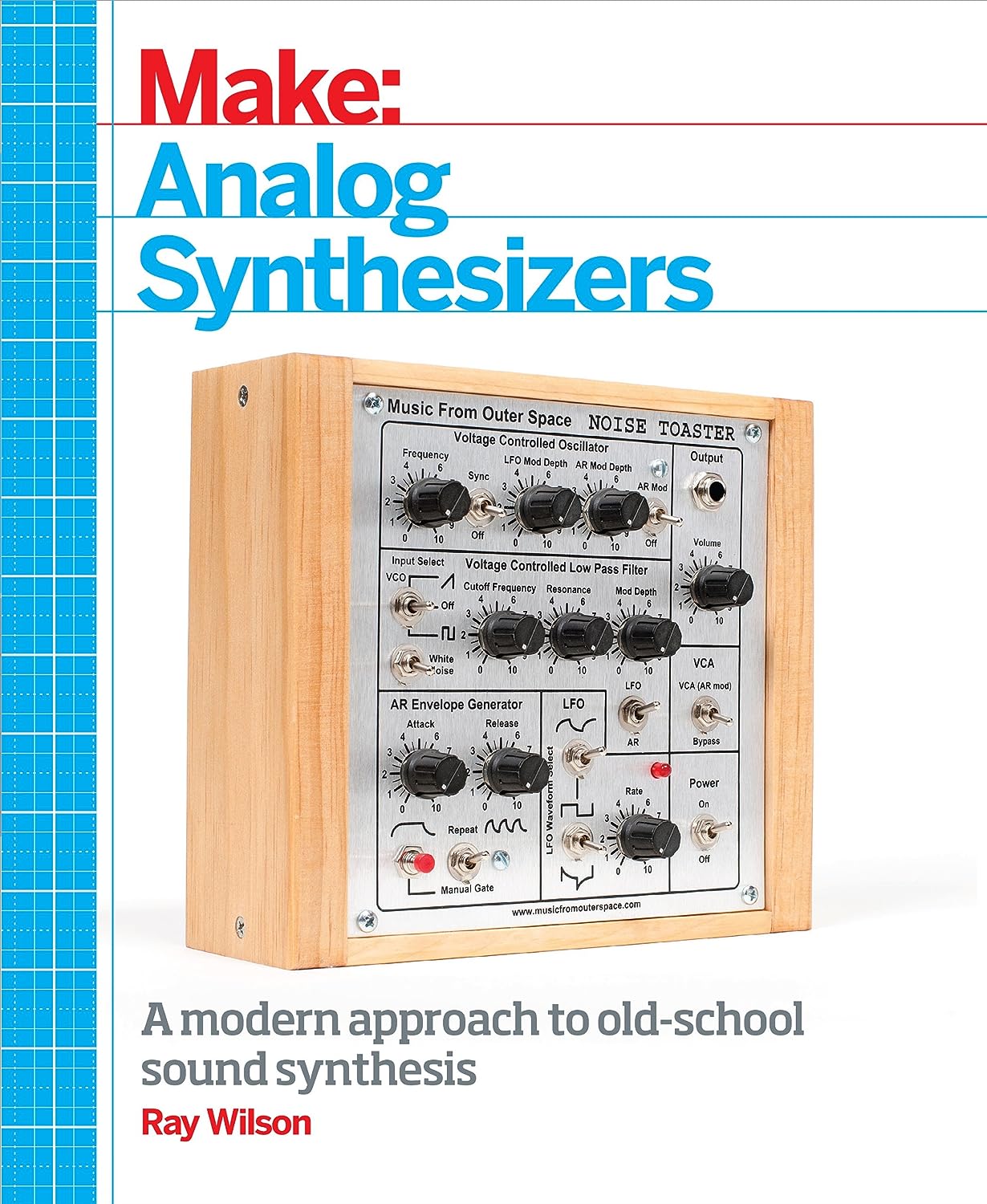
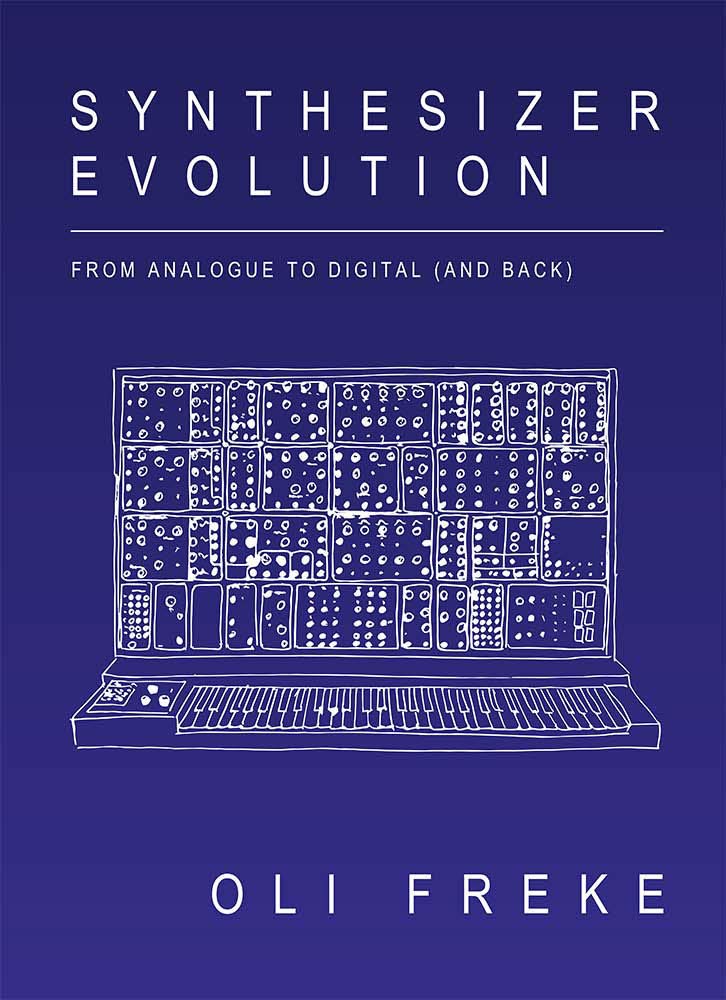

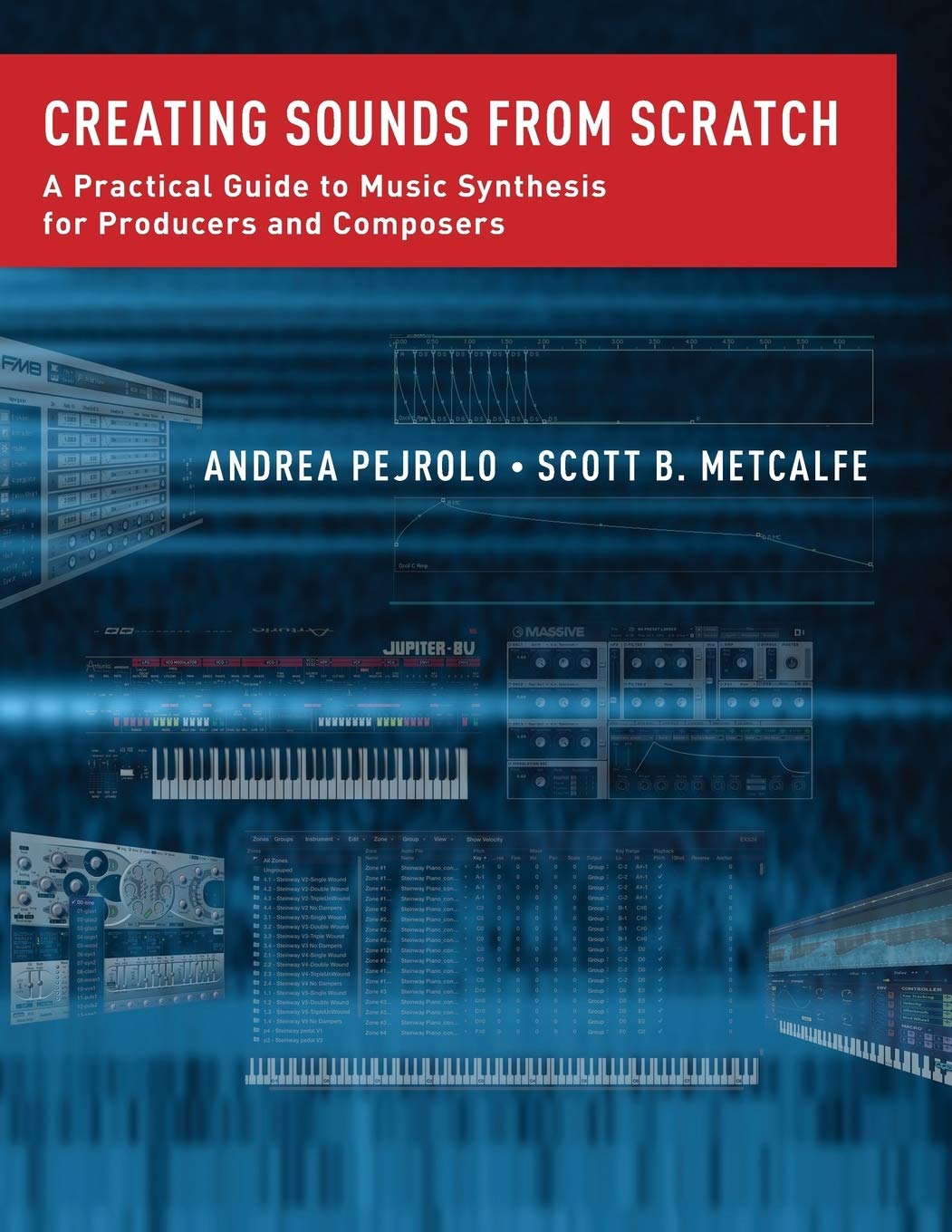


© Matrixsynth - All posts are presented here for informative, historical and educative purposes as applicable within fair use.
MATRIXSYNTH is supported by affiliate links that use cookies to track clickthroughs and sales. See the privacy policy for details.
MATRIXSYNTH - EVERYTHING SYNTH













© Matrixsynth - All posts are presented here for informative, historical and educative purposes as applicable within fair use.
MATRIXSYNTH is supported by affiliate links that use cookies to track clickthroughs and sales. See the privacy policy for details.
MATRIXSYNTH - EVERYTHING SYNTH
Subscribe to:
Post Comments (Atom)














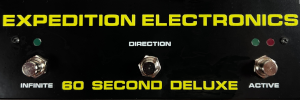










No comments:
Post a Comment
Note: To reduce spam, comments for posts older than 7 days are not displayed until approved (usually same day).